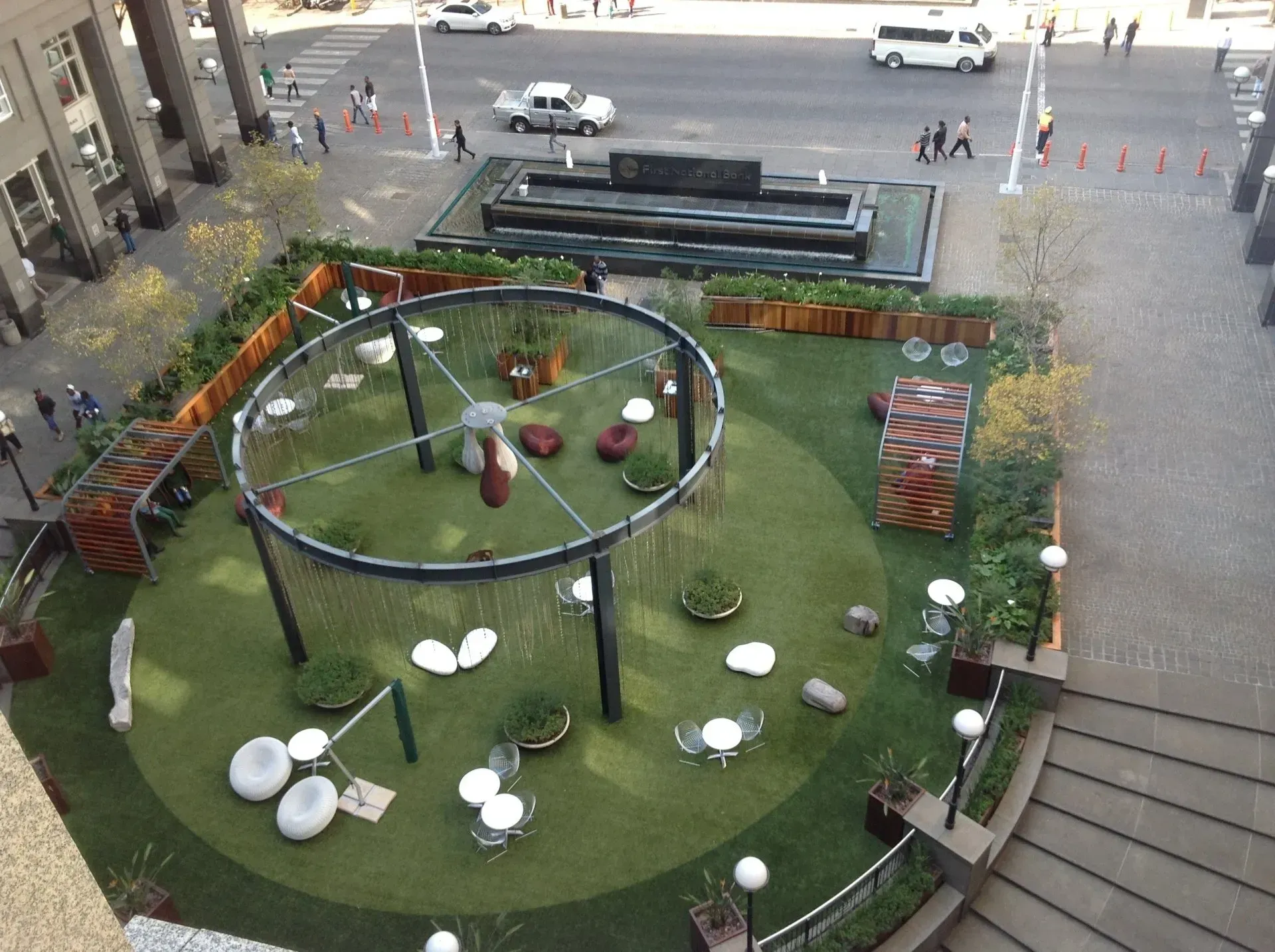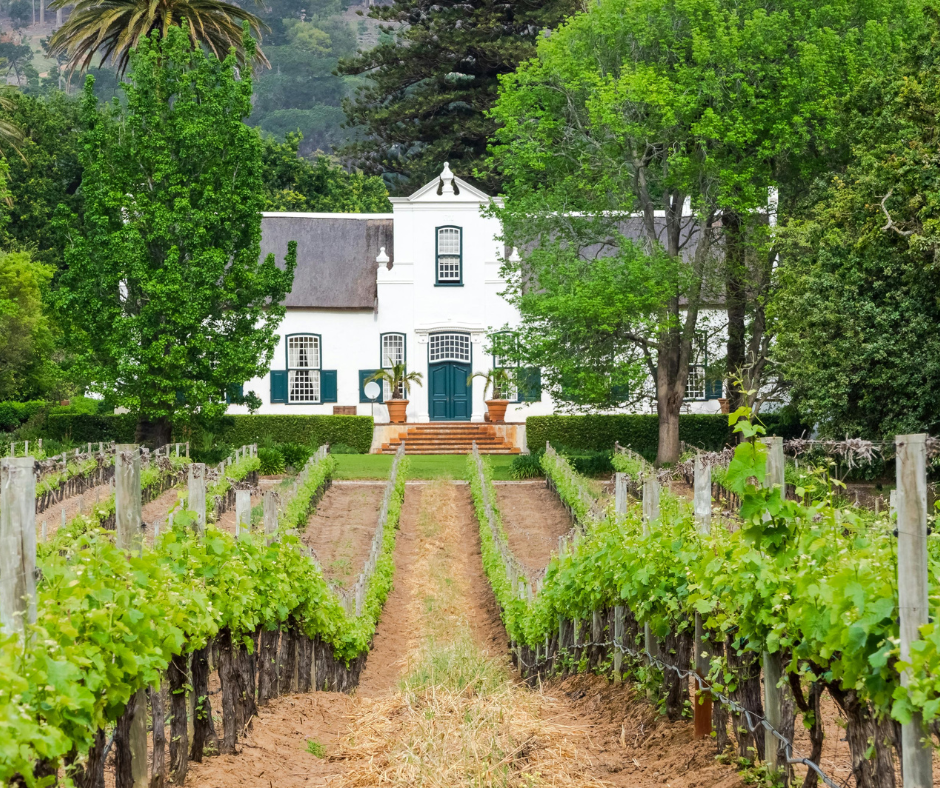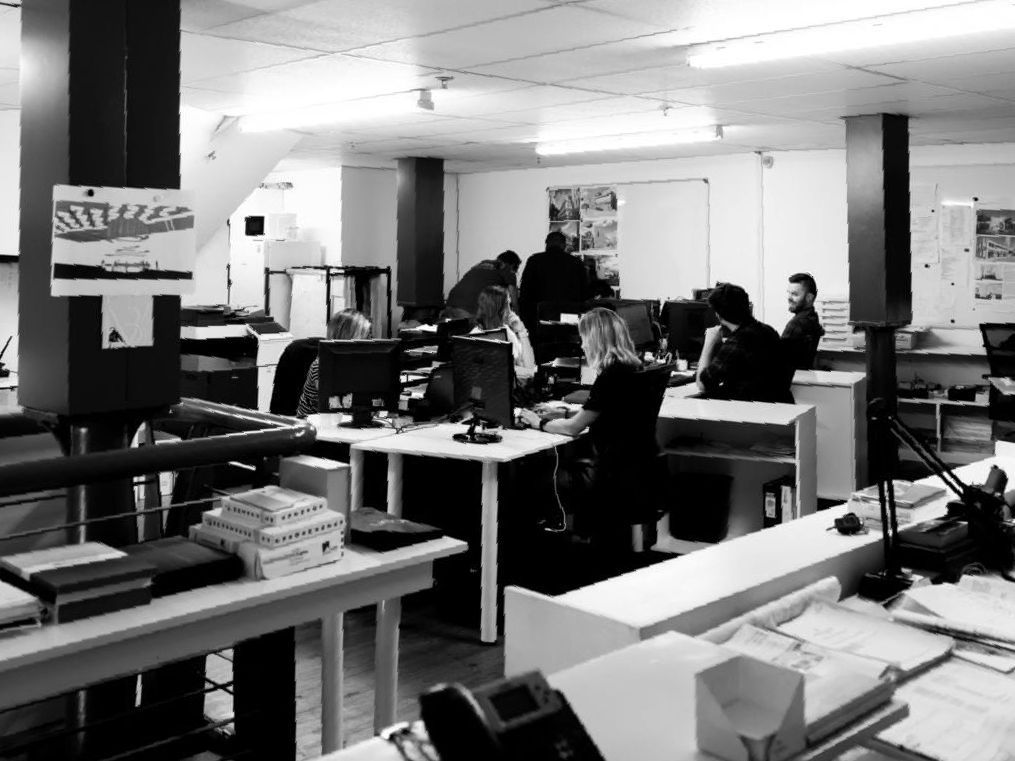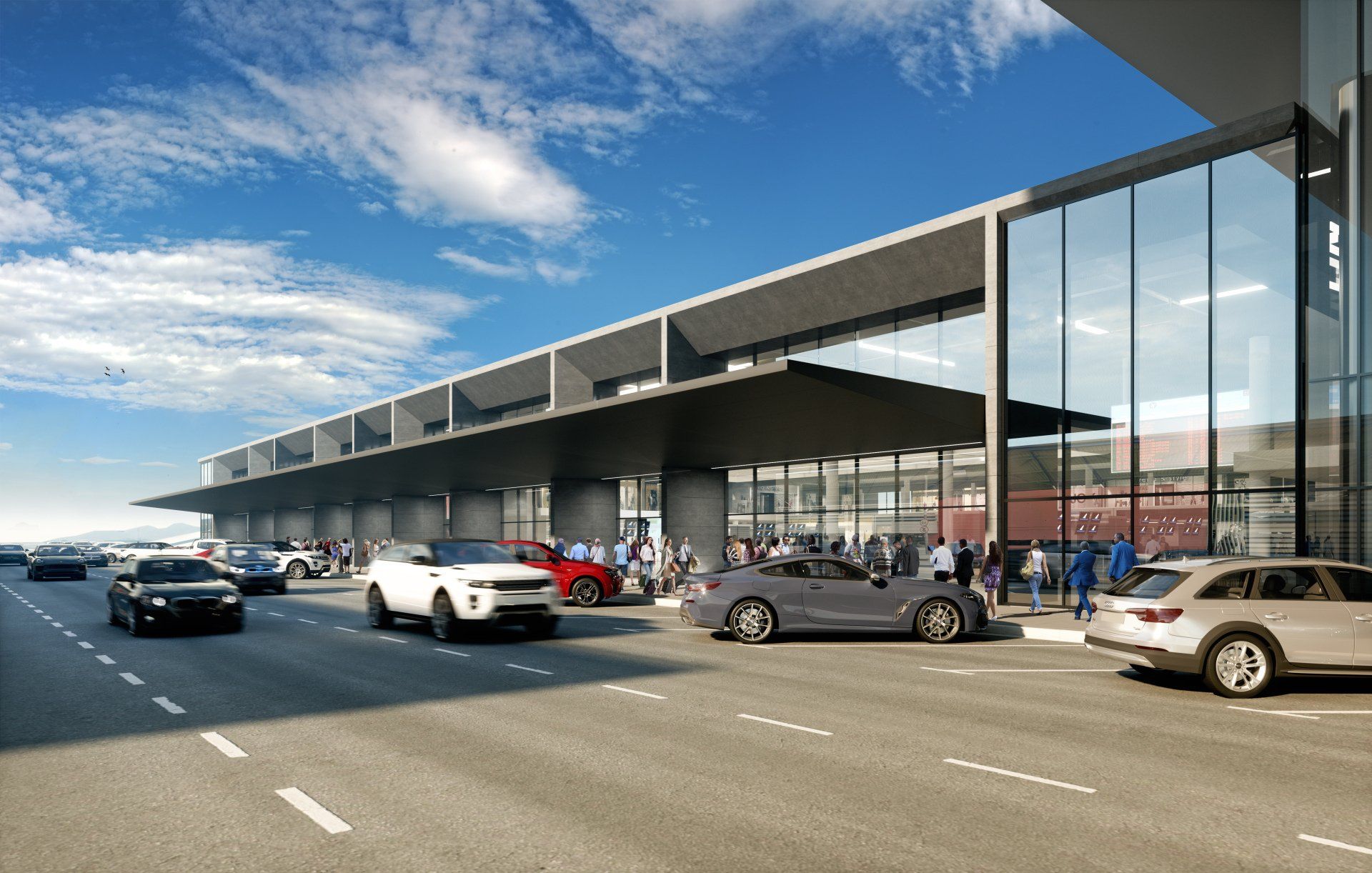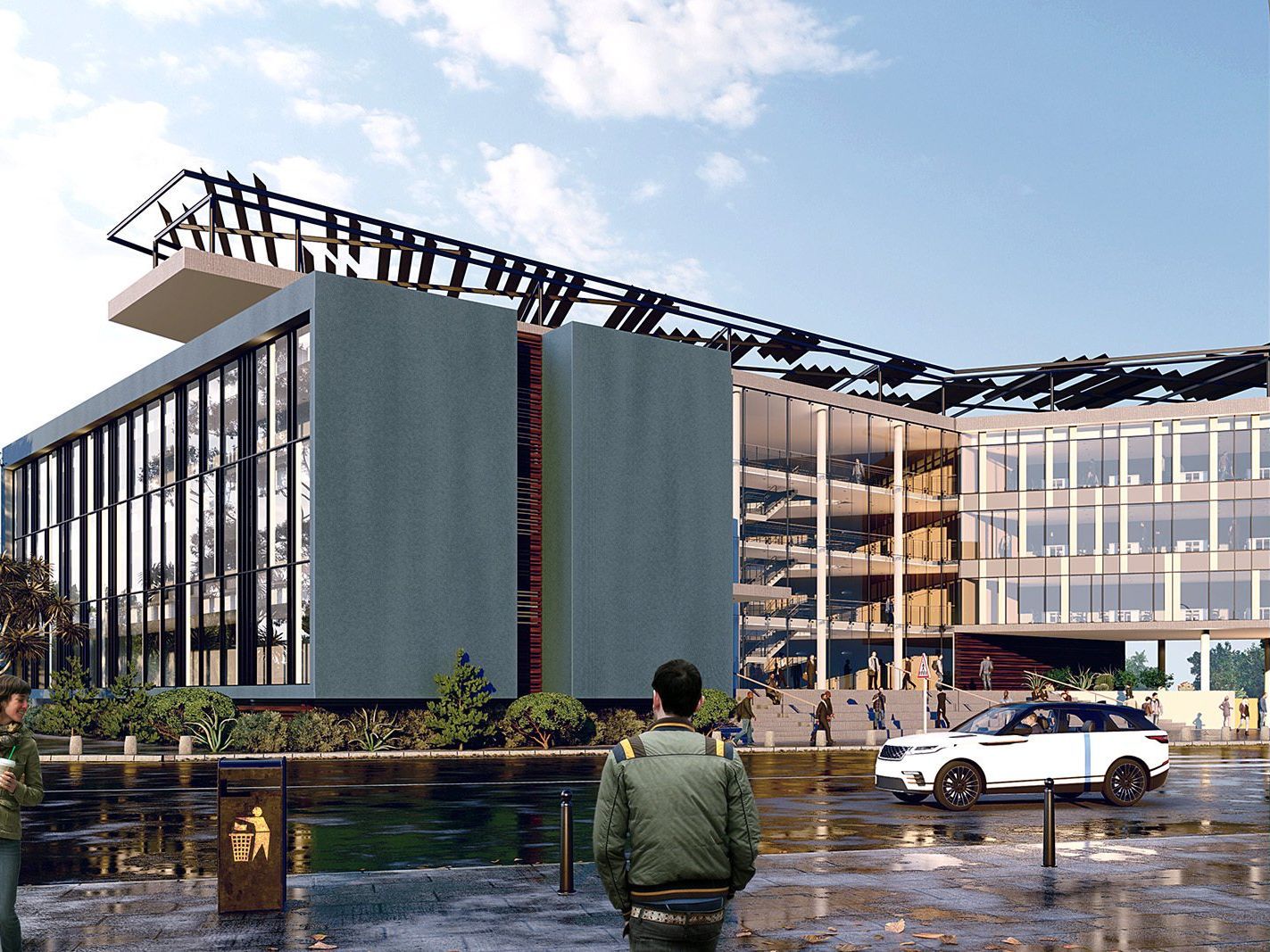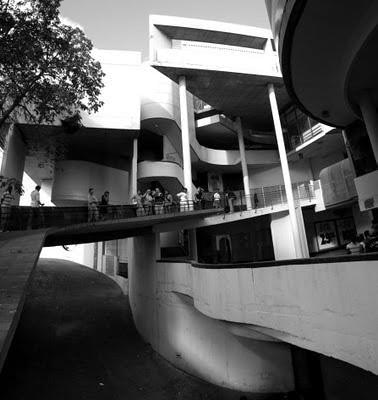The Delightful Wonder & Diversity Of South African Architecture
If we were to imagine what the cities and villages of South Africa would look like to a future population, where would we begin? Imagine the South African people were wiped out by a plague or environmental disaster, and 1000 years from now there were futuristic architects investigating our architecture to look for information regarding our art, culture and humanity.
They would be in for many interesting finds.
These architects of the future would be met with a diverse array of architectural delights, wonders, mysteries and diversity of South African Architecture as they’d explore rundown city centres and abandoned townships alike.
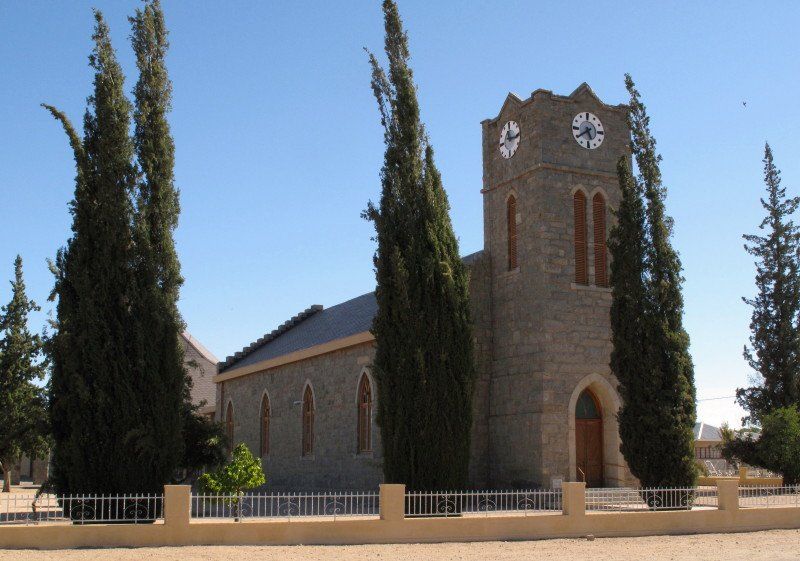
While other nations may offer these future architects a solid idea of what their nations valued the most, as well as the structure of their countries, South Africa’s architecture may leave them dumbfounded.
Think of the winding Golden Mile of Durban, with its graffiti-covered skate park, colourful umbrellas, and empty restaurants, all framed by the golden shores and Indian Ocean on the one side, and dozens of high-rise hotels and art deco buildings on the other. (Did you know that South Africa has some of the most beautiful art deco buildings in the world?)
As the architects make their way to Cape Town, they would find layers upon layers of history around every turn in the city’s truly magnificent city centre. With a haphazard mix of buildings both old and new, and public urban spaces and overgrown parks, not to mention the vast V&A Waterfront, Cape Town would mystify and intrigue.
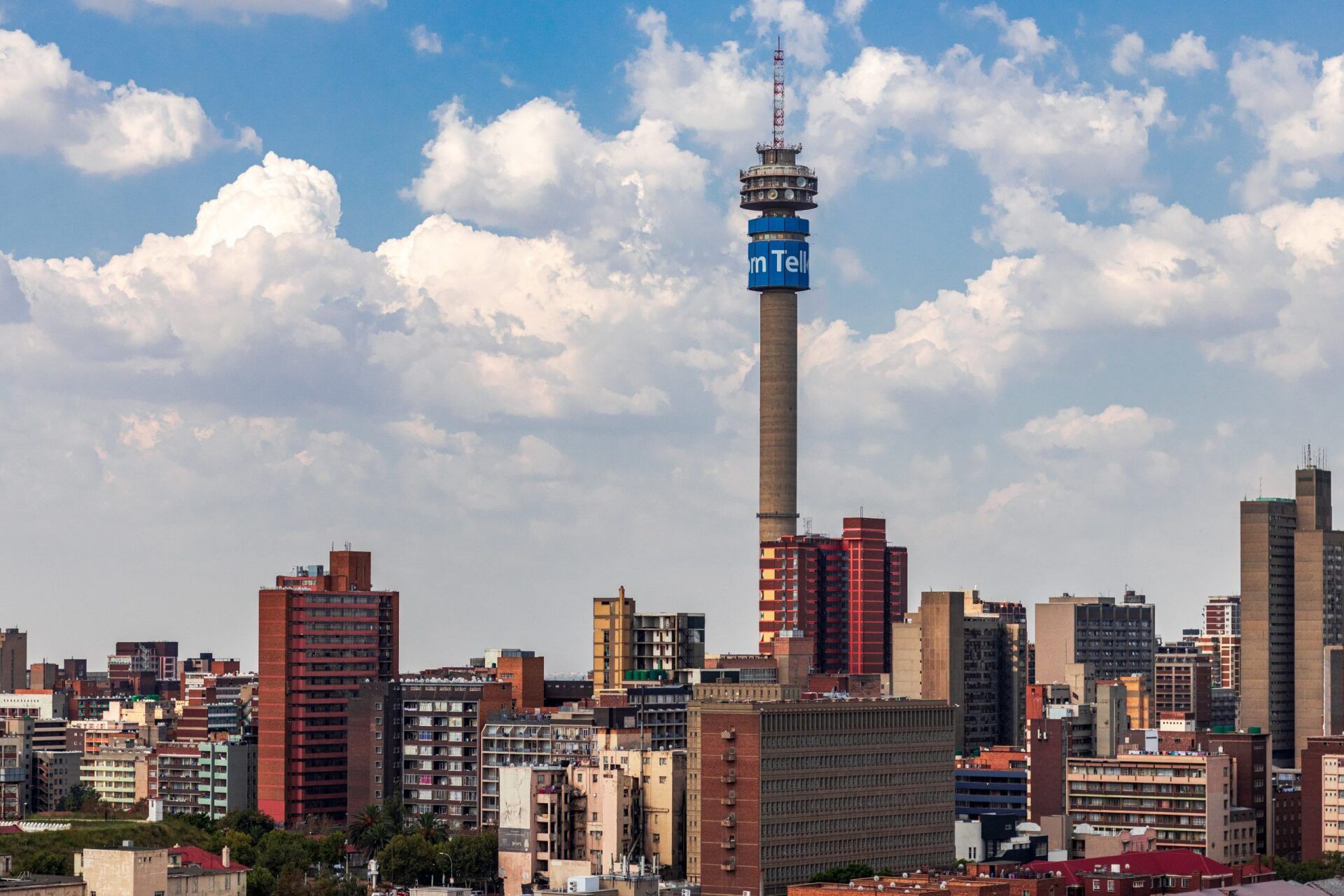
Johannesburg would quite obviously be our nation’s industrial and economic hub with an overflowing number of warehouses, factories, offices and boardrooms. It would be quite easy to imagine businessmen and factory workers filling these spaces. But Johannesburg is not all work and no play. It is hard to imagine a post-apocalyptic Jozi without imagining a spooky Sun City and overgrown theme parks filled with rusty rollercoasters.
Quaint towns like Stutterheim, Scottburgh and Poffadder’s diversity of South African architecture would excite and delight these future minds as they’d imagine people’s day to day living. Think of how they’d view traditional huts, sprinkled on a hillside overlooking the ocean in Port St Johns.
South Africa is truly an architectural marvel, with our traditional and modern architecture telling stories of our lives and the lives of those who have come before us. We can be proud to live in a country with such rich and interesting architecture that will hopefully be around for a long time to come.
For more information about our innovative architectural services and on how we can assist you, get in touch with our team of professional architects and designers in Durban and Cape Town.

Cape Town
109 Waterkant Street
De Waterkant Cape Town
South Africa, 8001
Durban
Rydall Vale Office Park
Rydall Vale Crescent
Block 3 Suite 3
Umhlanga, 4019
Website design by Archmark


